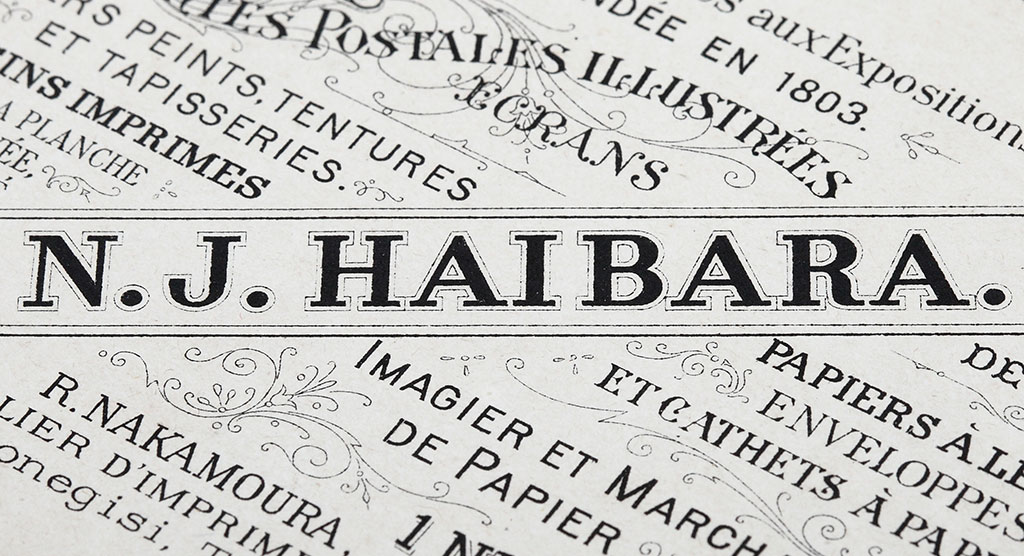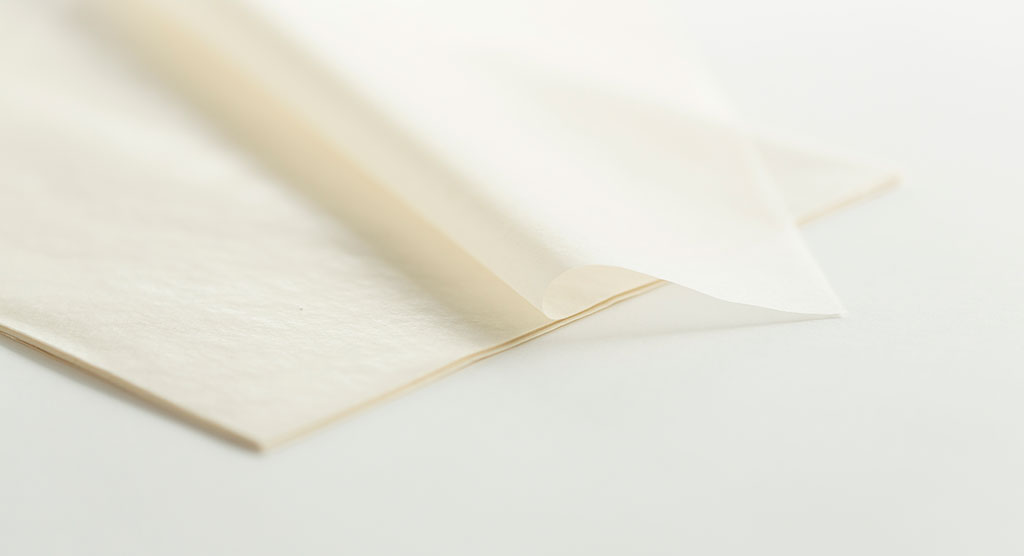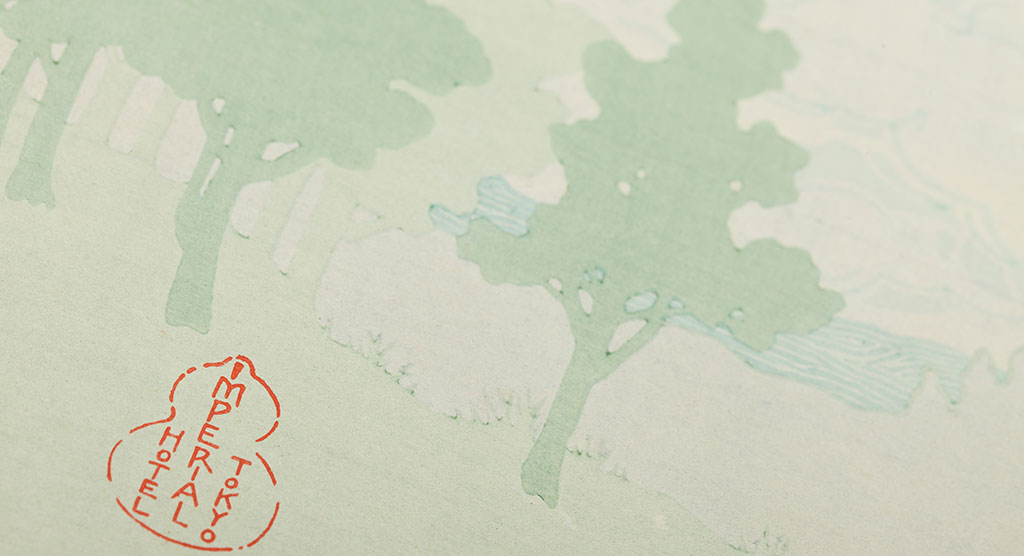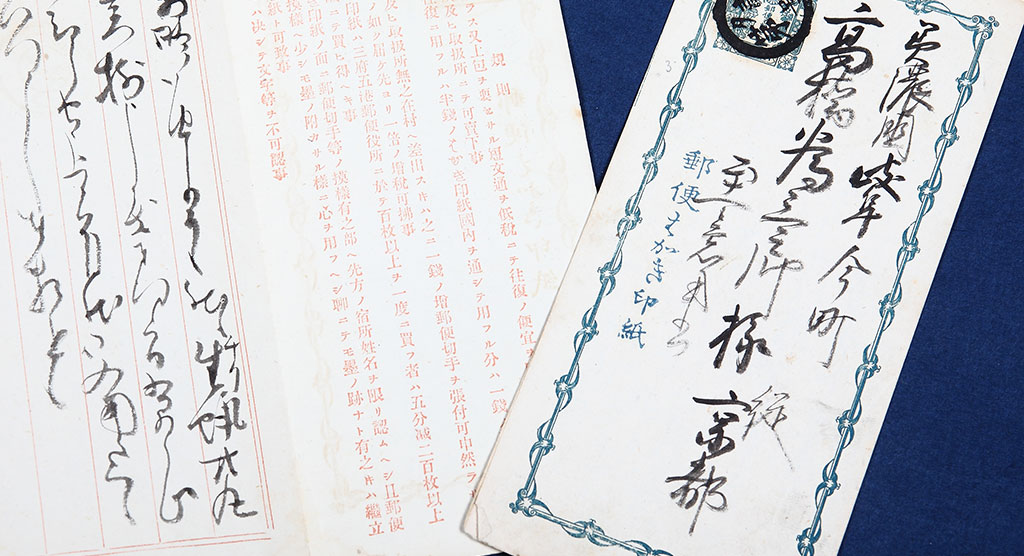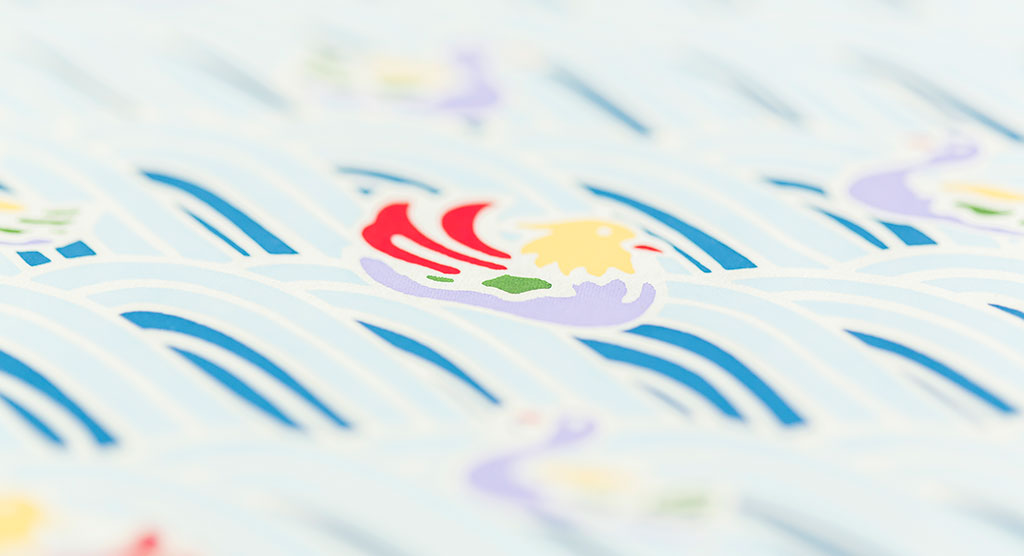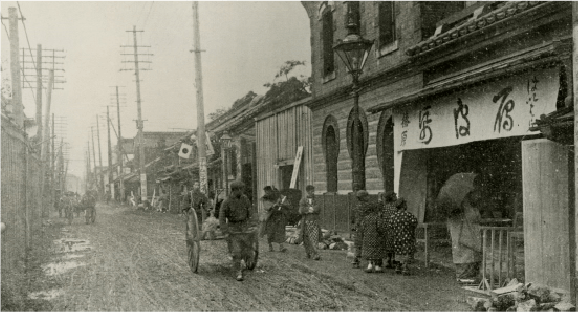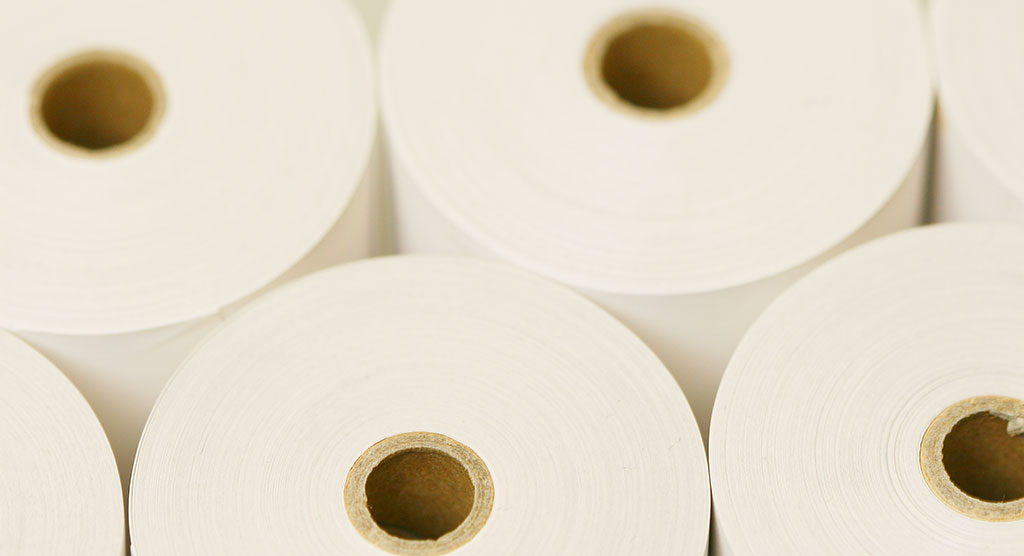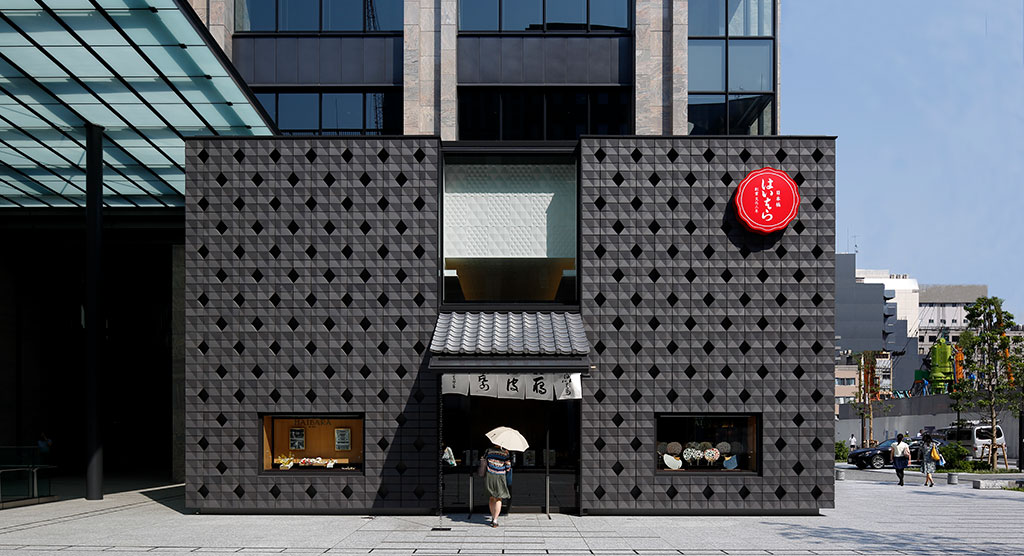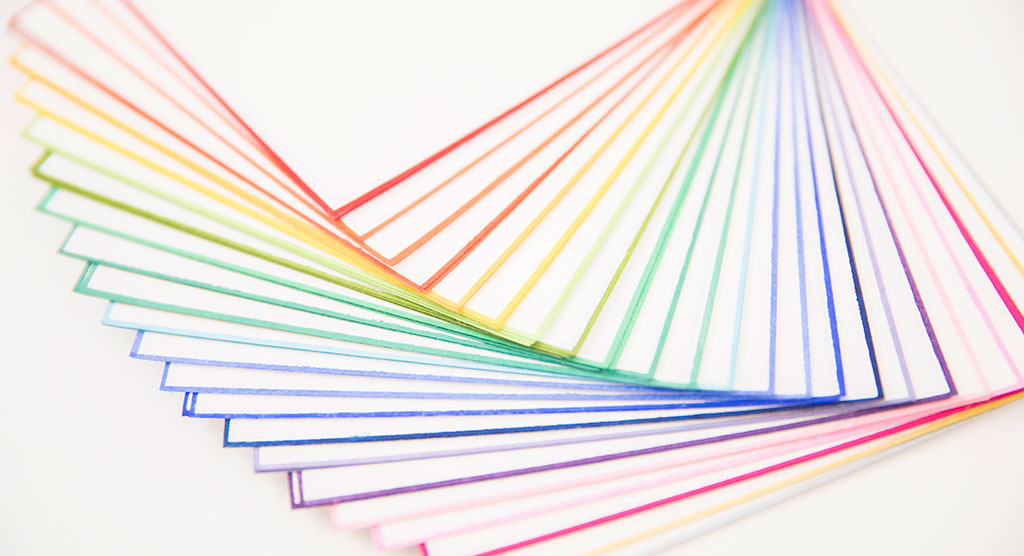Table of Contents
During the late Edo period and the Meiji period (1868-1912), when civilization was flourishing, Naojiro Haibara (Heizaburo Nakamura), the third generation of Haibara, took over the management of Haibara. Then he truly felt that Haibara’s skills in decoration and design were in line with the trend of the times.
At the end of the 19th century, the world was becoming increasingly globalized particularly in Europe and the United States. Many nations vied for cultural prosperity at different world expositions. On these glamorous international stages, various Haibara-made washi products, including chiyogami paper, uchiwa paper, and fusuma paper, designed by Haibara, were exhibited as representations of Japanese art.
Haibara’s products were highly acclaimed around the world at numerous expositions, including: The World’s Expositions of Vienna (1873), Paris (1878), Sydney (1879), and Barcelona (1888). Haibara made a major impact as a form of “Japonism” of the highest elegance and won numerous accolades.
Haibara’s decorative Japanese paper thus made its way to Europe, contributing to the development of industry and design around the world. The designs of Haibara can be found in museums all over the world, including the Victoria and Albert Museum in England, the Glasgow Museum in Scotland, and the Musée des Arts Décoratifs in Paris, France.
Meanwhile, in Japan, Haibara was among the first to start importing and selling Western paper in response to the trend toward civilization and enlightenment. Haibara’s signboard from the Meiji period reads in large letters, “Western Paper Products.” Haibara’s timeless perspective, in which the old and the new, tradition and innovation coexist, has been passed down from generation to generation since this time.
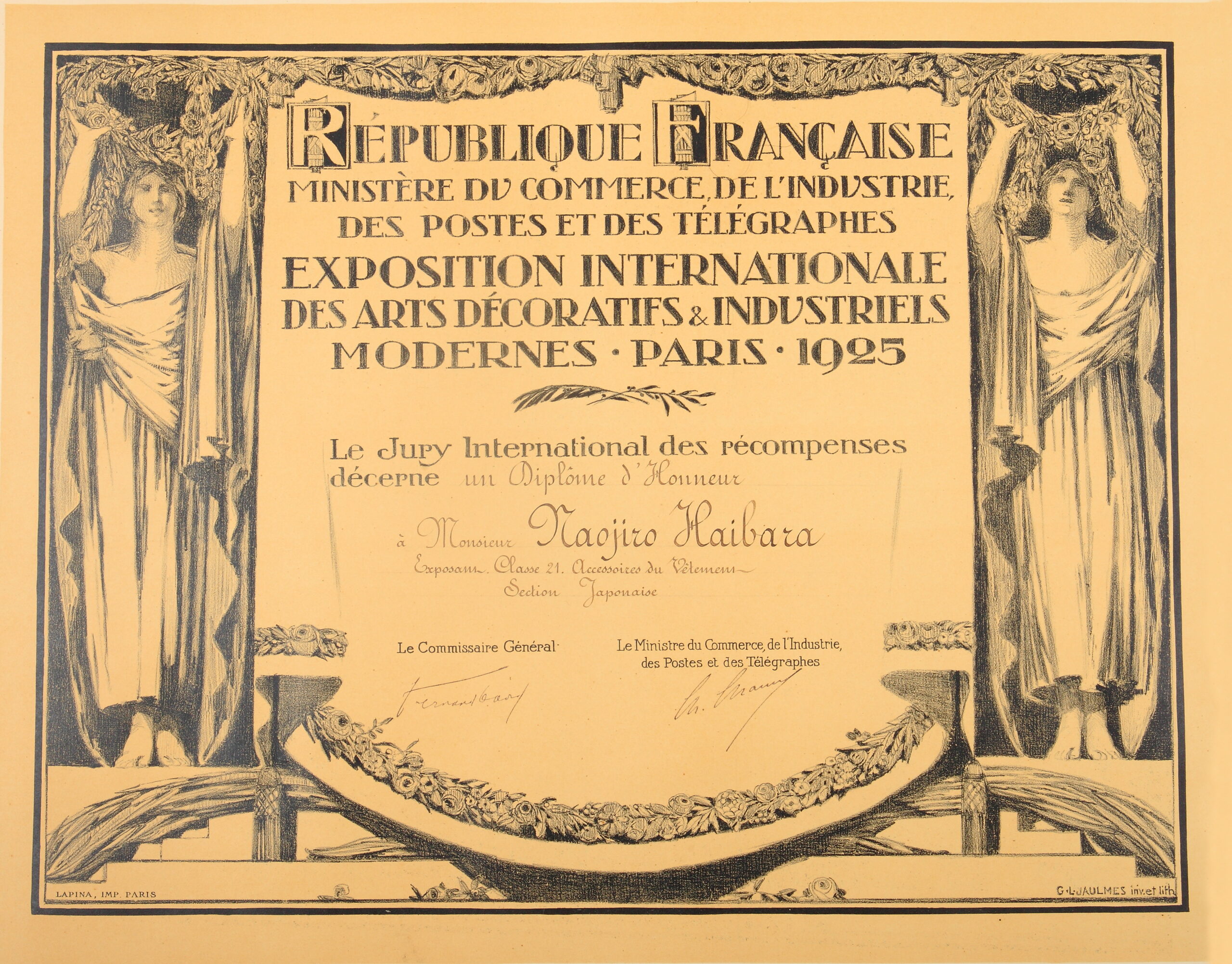
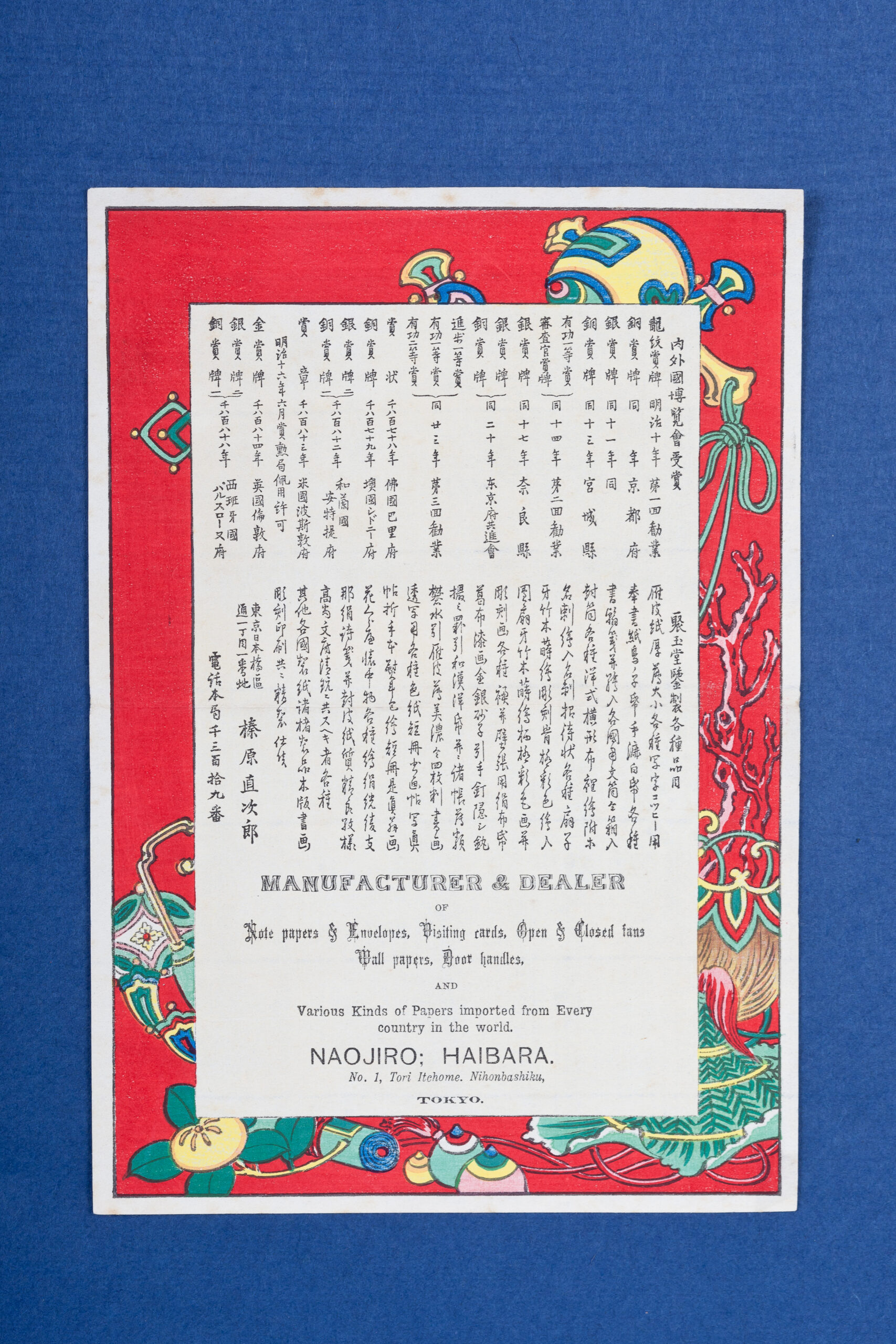
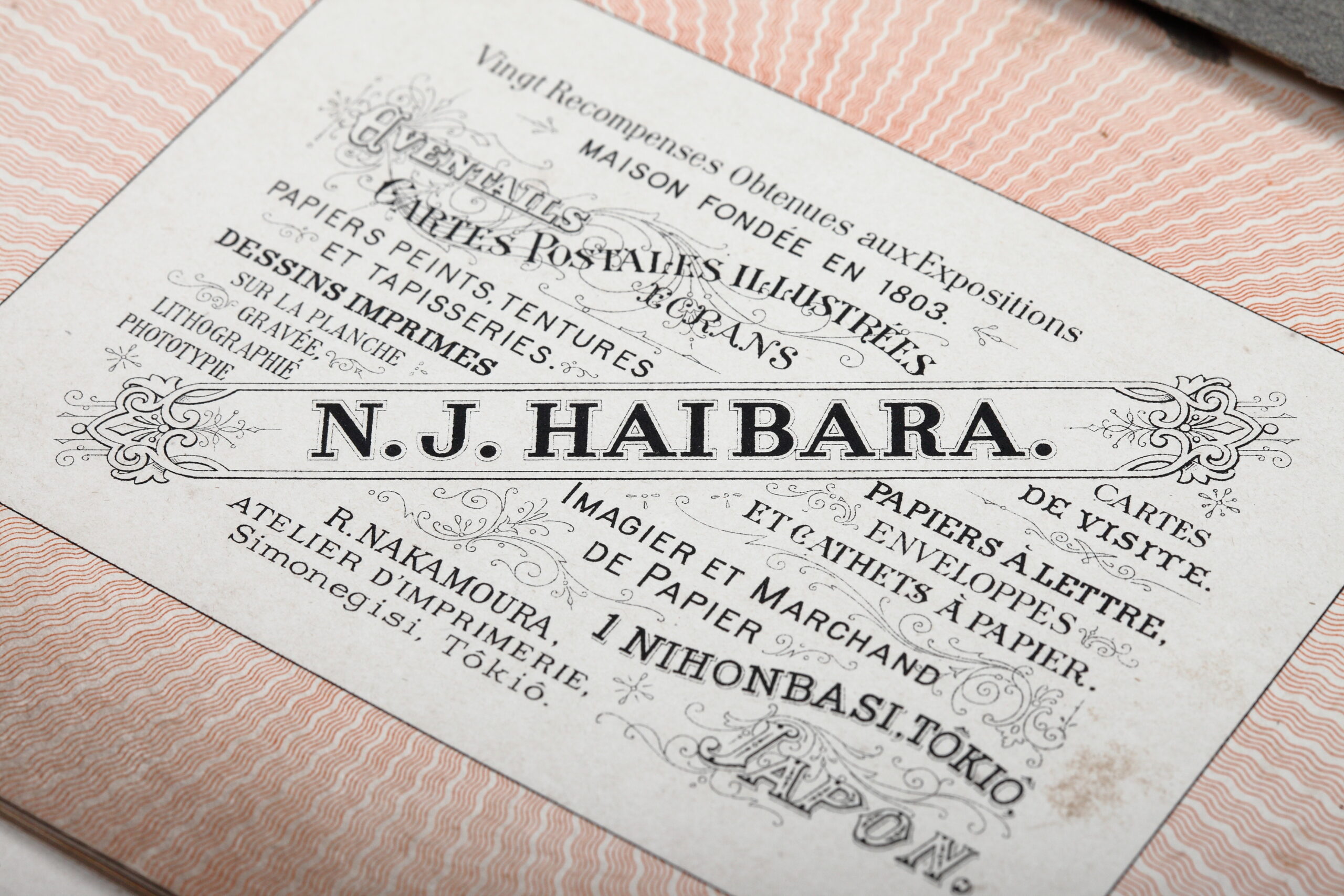
(Printed sample from “Kunino Takumi”), Shugyoku bunko collection
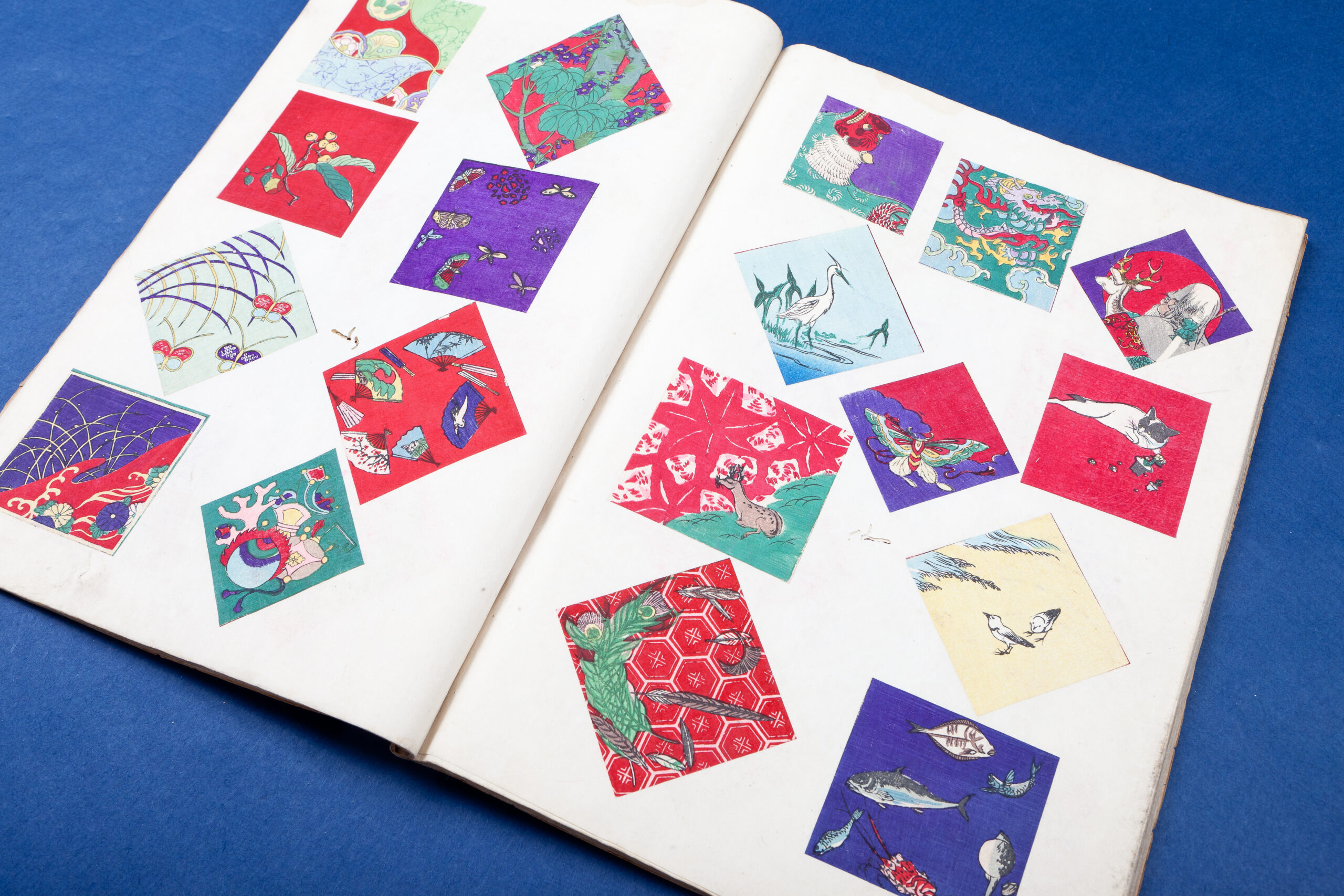
Haibara X Japonism which inspired Western art
Japanese beauty inspired Western artists.
What’s Japonism?
Japan’s involvement in multiple global expositions in the late nineteenth century sparked a growing interest in ukiyo-e woodblock prints and Japanese crafts throughout Europe. Western painters grew enthralled by Japan’s distinct culture and artwork, gaining inspiration from a number of sources and producing a slew of paintings and designs inspired by Japanese aesthetics. This tremendous Japanese boom in Europe is referred to as “Japonism.”
How did Western authors and artists adopt Japanese cultural elements into their works?
“Japonism” had a profound influence on the impressionists. In “La Japonaise” (Museum of Fine Arts, Boston) by the French impressionist Manet, his wife Camille, dressed in a glamorous kimono reminiscent of a “turned beauty,” is depicted with 15 fans in the background. Van Gogh also used colorful ukiyoe woodblock prints in the background of “Old Tanguy” (Musee Rodin).
“Japonism” also had a significant impact not only on painters but also on architects. Charles Rennie Mackintosh, the leader of modern design, is said to have been one of those who took an interest in Japanese art, such as chiyogami paper that made its way to a museum in Glasgow, Scotland. Many of his interior and furniture designs incorporate Japanese motifs and aesthetics.
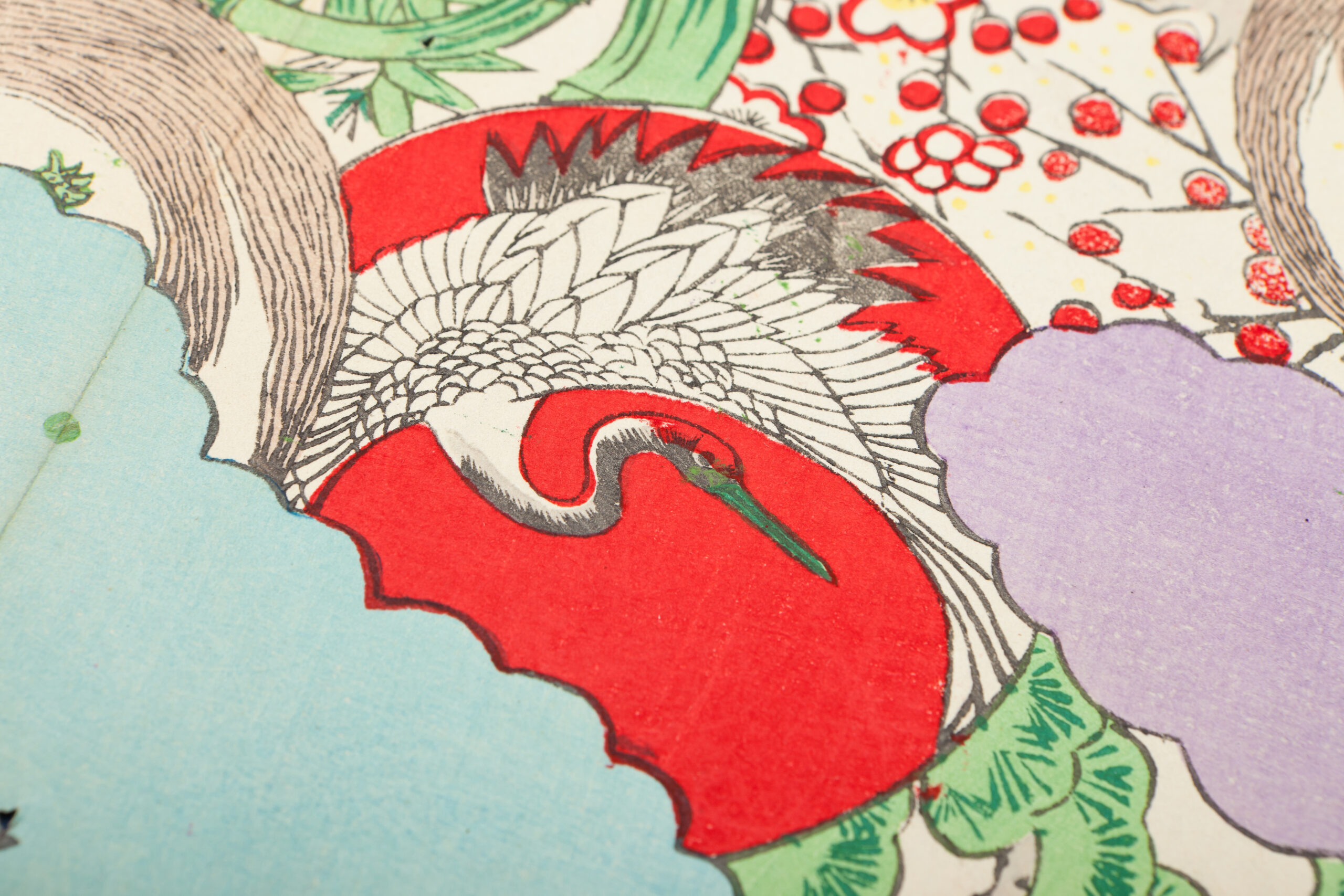
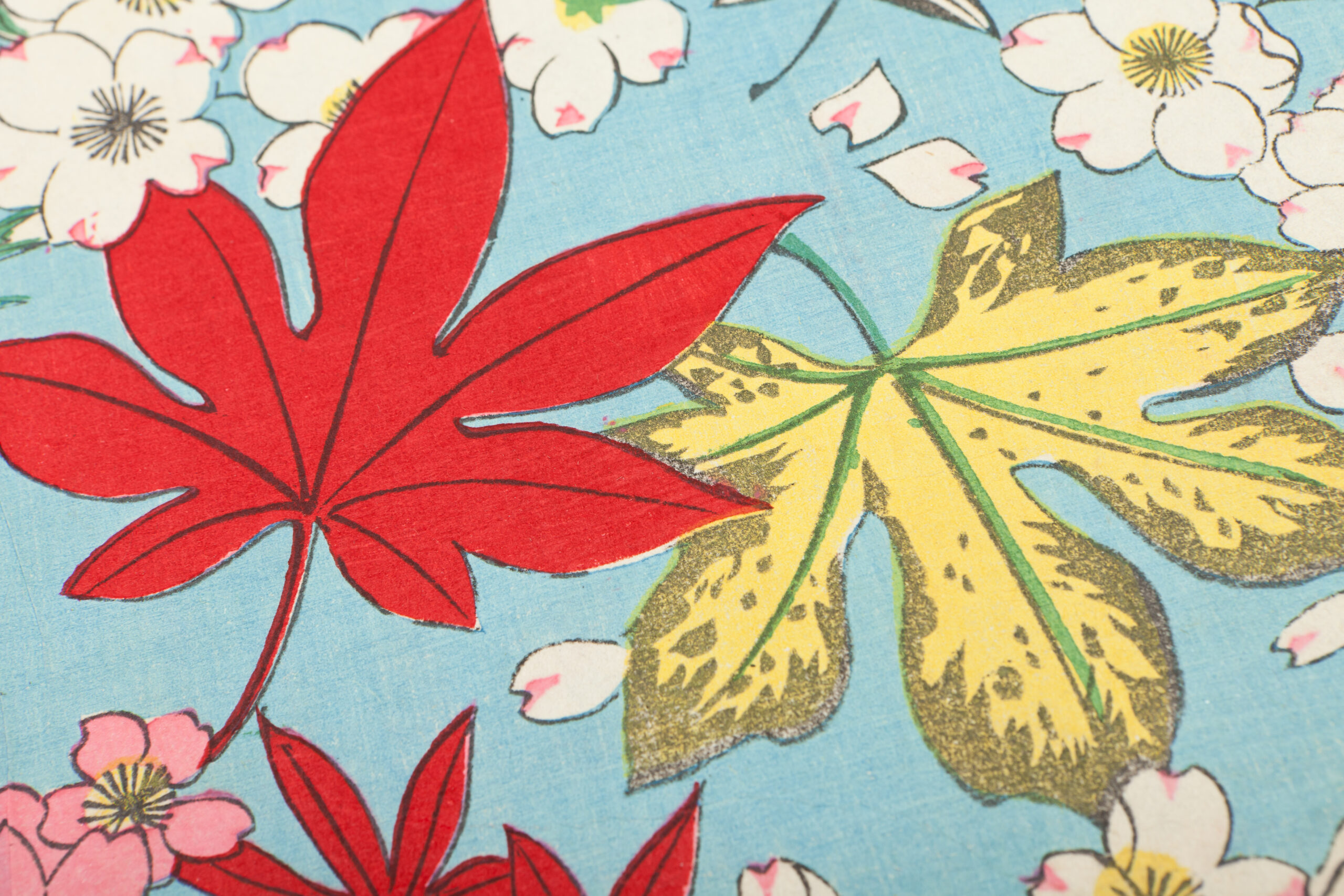
Woodblock-printed chiyogami was highly acclaimed for its vividness and exquisite printing at the World Exposition.














 Instagram
Instagram facebook
facebook X(旧Twitter)
X(旧Twitter) Youtube
Youtube note
note